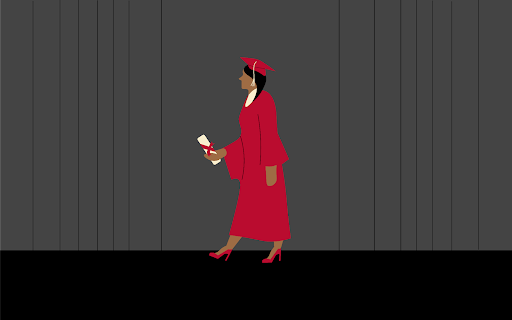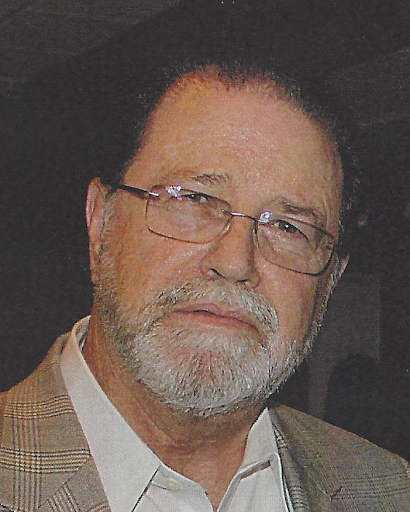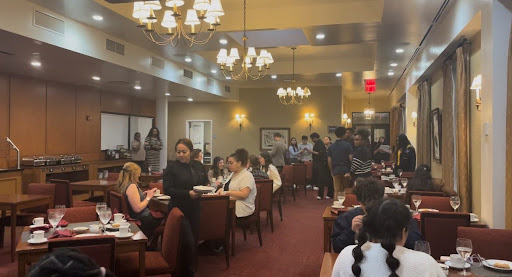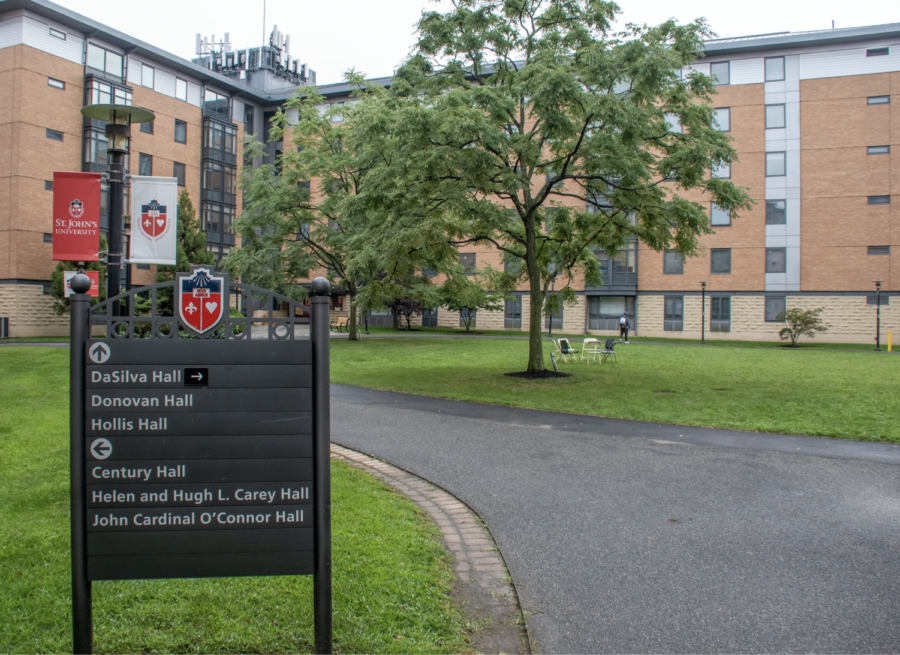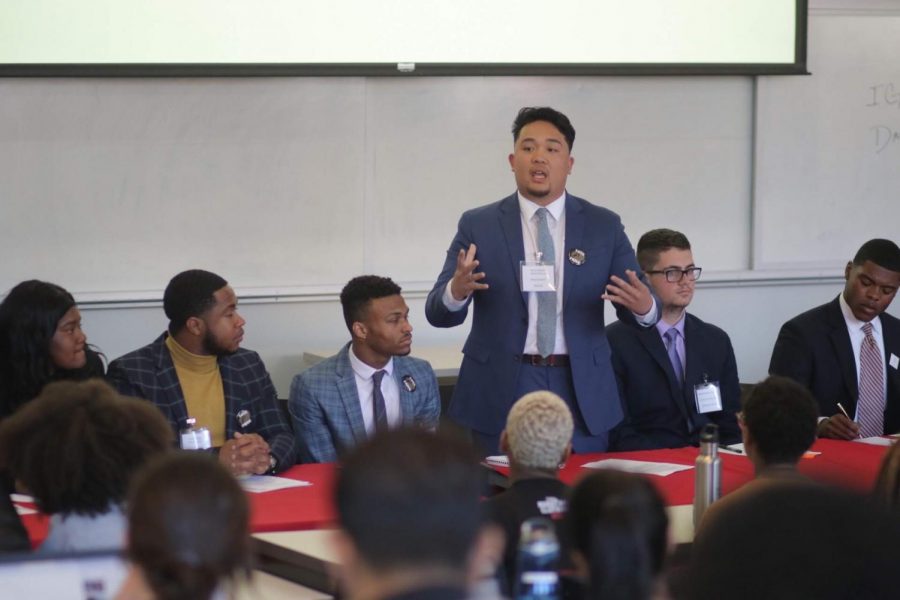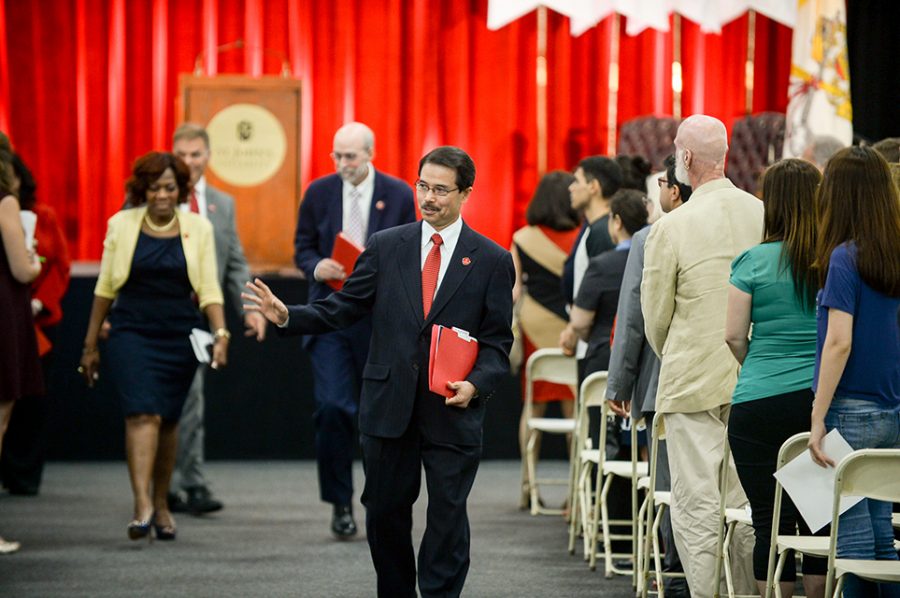With the variety of majors offered at the five colleges of St. John’s University, choosing a direction of study may seem simple. The study of anthropology, offered by St. John’s College of Liberal Arts and Sciences is a major that not too many students consider.
With approximately 35 students currently enrolled in the major, anthropology seems to attract a small group of people. However, according to the Sociology, Anthropology and Social Work Department, the faculty and major is constantly developing and offering students many interesting career choices.
So what exactly is anthropology? Many of us might be acquainted with the work of Temperance Brennan, a fictional anthropologist from the popular TV series “Bones.”
“What she does on the show is actually a part of physical anthropology, which examines human evolution, but is also used to identify human remains after major catastrophes,” said assistant professor Anne Galvin.
In general, anthropology is the study of human behavior and bicultural diversity. Anthropology includes four-broad interconnected fields: cultural anthropology which is a study of people, culture, and society; linguistics, which is the study of language and communications; archeology, which is the study of past material culture and physical; and biological anthropology, which specializes in human evolution.
“Anthropology is a distinct and dynamic discipline,” said Dr. Barrett Brenton, the associate professor of anthropology. “It covers all the evolutionary history over the past 65 million years. We reconstruct the past and work with all living cultures in every corner of the globe. We are their advocates as applied anthropologists seeking to protect and preserve their way of life.”
“A lot of people ask what the difference is between sociology and anthropology,” said Professor Galvin. “There is a different purpose in each department.”
Sociology was originally associated with industrial countries and social institutions, whereas anthropology was considered the study of exotic and far-off places. However, today that is no longer the case. Both of these disciplines study humans but approach their study from different perspectives. Sociology looks at social structures whereas anthropology studies cultural patterns.
Anthropology courses have been offered at St. John’s since the Sociology Department was founded in 1960. Eighty years later, the department of Sociology and Anthropology became an official department and in 1971, the anthropology major was offered to full time students. The Anthropology Department has only two full time faculty members, Professor Brenton and Professor Galvin.
In addition, many adjunct professors are hired for a variety of courses, such as African culture. Moreover, the anthropology department works with other disciplines to expand their curriculum, offering courses from linguistics to biblical archeology.
“Our number of new majors is growing rapidly each year,” said Dr. Brenton.
Professor Galvin added that more and more students are coming to St. John’s with anthropology already declared as a major.
At last year’s commencement there were six students graduating with a Bachelor’s of arts degree in anthropology. One of them was Peter Greco, who is currently pursuing a master’s degree in Public Health at Columbia University.
“I used my anthropology background and applied it as a way of intervention,” said Greco. “Since anthropologists study people and a target population, it is useful for me to better understand what and who to study. Anthropology can be a career development tool. My example is just one of the few ways it can be applied in several different fields.”
Applied anthropology is just one of the career options for anthropology majors. It is applicable for those wanting to shape public policy and those who want to have a concrete impact on the community.
“Anthropology gives practical tools for those who want to do research” said Professor Galvin.
Not only is research used in academic work, but also in fields such as marketing where they must analyze the usage of certain products.
“With anthropology, you can go in whatever direction you want,” said Galvin.
Each of the four fields of anthropology have something different to offer, from education and museum work, to archeology, shaping public policies, and even advertising.





